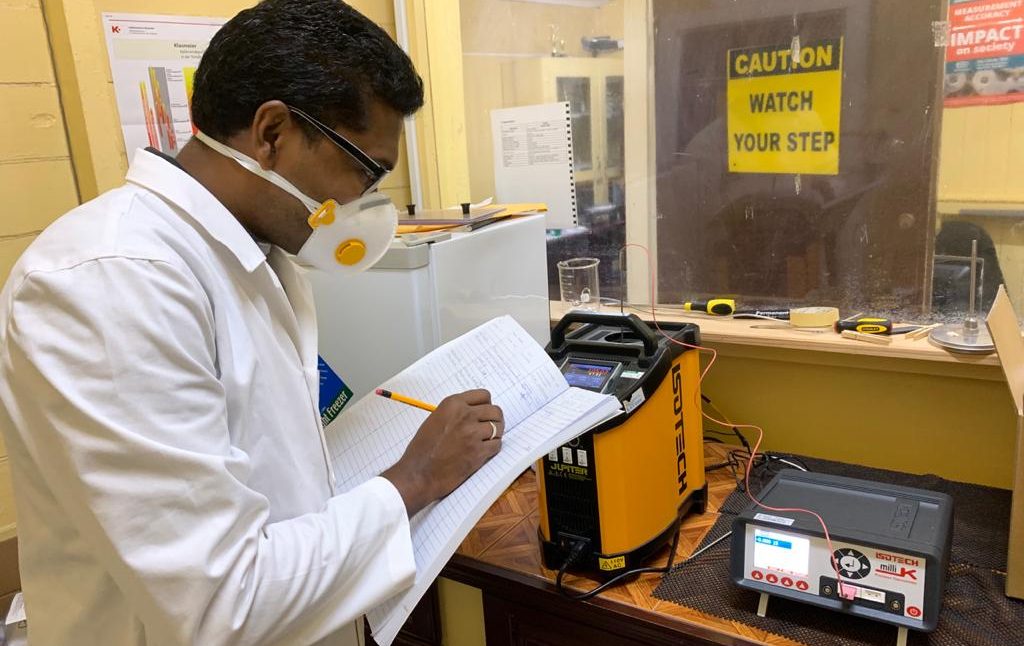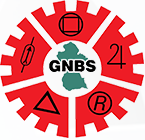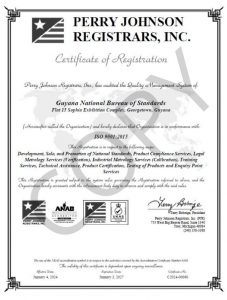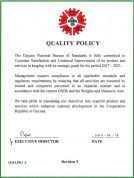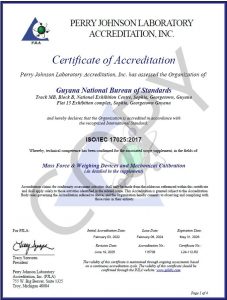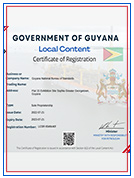The accurate measurement of temperature is vital across a broad spectrum of human activities, including industrial processes (e.g. making steel), manufacturing, monitoring (in food transport and storage), and in health and safety. In fact, in almost every sector, the temperature is one of the key parameters to be measured.
Even today, during the COVID 19 pandemic, the use of infrared thermometers by almost every public and private entity is common. The temperature of persons is being checked upon entry to ensure that it is within normal limits. Hence, thermometers must provide accurate readings, and for this reason, the Guyana National Bureau of Standards (GNBS) offers calibration service.
The various means of accurately measuring temperatures have long fascinated people. One of the differences between temperature and other physical concepts, such as mass or length, is that it is subjective: different people will have different perceptions of what is hot and what is cold.
To make objective measurements, a thermometer must be used to determine how the physical property of a substance changes with temperature in a reliable and reproducible way. Thermometers that are calibrated and traceable to international standards guarantee the best results.
Like everything else, the thermometer has its history. The first sealed thermometer was made by the Grand Duke Ferdinand of Tuscany in 1641. Later, the scientists Fahrenheit and Celsius both made glass thermometers containing mercury and used reference points (the melting point of pure ice and the boiling point of water) to improve the accuracy.
Although the Celsius scale has taken precedence over the Fahrenheit scale, the latter is still familiar with weather reports in the United Kingdom. In Guyana, the temperature is measured in degrees Celsius (°C).
Today, there are many types of thermometers including the Liquid-in-Glass thermometers, which have been in use for almost 300 years in science, medicine, metrology, and in industry. There are also platinum resistance thermometers, Thermocouples, Infrared, and Radiation thermometers.
Regardless of the type of thermometer being used, its accuracy must be determined, especially if it is used frequently and over extensive periods. Currently, the GNBS can calibrate liquid in glass thermometers ranging from – 20°C to 90 °C, and digital and bimetallic thermometers from 30 °C to 600 °C. The GNBS is also capable of testing infrared thermometers. The GNBS encourages all stakeholders including companies, laboratories, and users of thermometers to submit their instruments periodically for calibration.
Finally, the following guidelines are necessary to ensure the effective use of infrared thermometers when determining the body temperature of individuals during the current pandemic:
- Temperature gun labels should be in English.
- Always strictly follow manufacturer-operating guidelines when using the thermometer.
- Avoid touching the sensory areas and always clean the thermometer according to manufacturer guidelines.
- Do not drop or expose the device to physical shocks.
- Always store the device properly when not in use to prolong its life and accuracy.
- Devices for ear measurement must not be used to take readings on the skin.
- Industrial thermometers should not be used for taking body temperature.
For further information, contact the GNBS on telephone numbers: 219-0062, 219-0065 or 219-0069 and for more updates, like and folow our Facebook page: @gnbsgy.

